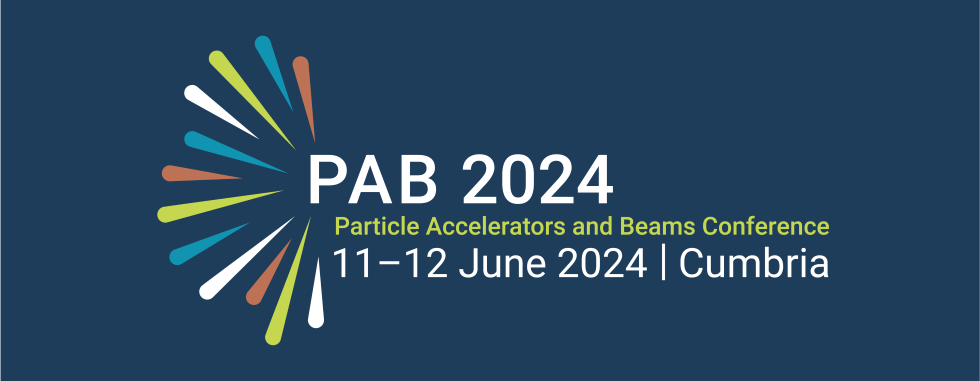Speaker
Description
Interaction between laser-generated terahertz (THz) radiation and high-energy electron beams has become a research topic of interest, owing to the higher field gradients available compared to conventional radio-frequency (RF) accelerators, and the utility of mm-scale wavelengths for sub-ps bunch manipulation and diagnostics. We have shown that multi-cycle THz energy modulation of relativistic electron bunches is an effective diagnostic for the longitudinal phase space (LPS), including slice-uncorrelated energy spread.
Using accurate reconstructions of the LPS from our experimental results, we have explored the ability for THz modulation to extract and isolate jitter contributions from various upstream beamline components, such as the RF phase and amplitude, and injection time into the RF linac. This technique relies on measuring the energy spectra of THz-modulated bunches, exploiting the unique effect that each source of jitter has on the spectrum. By finding the LPS solution which fits the beam energy measurements, an estimate for the value of each source of jitter can be found on a shot-by-shot basis.
To further this, we have investigated the jitter suppression that comes from propagating the modulated bunches through a compressing beamline such as a magnetic chicane. Using bunches with experimentally determined LPS, we find that compressed trains of ultra-short micro-bunches (and single bunches) with pC charge become temporally locked to the THz drive laser, reducing jitter in the bunch timing by up to an order of magnitude. With bunch compression and jitter suppression both scaling with THz field, these laser-locked, fs-duration bunches will open up new opportunities for future advanced accelerator technology, including ultrafast electron diffraction and pump-probe experiments, and controlled external injection into laser plasma wakefields.

